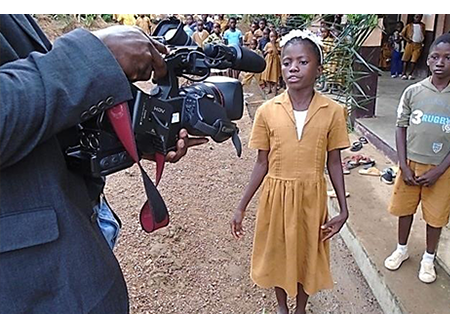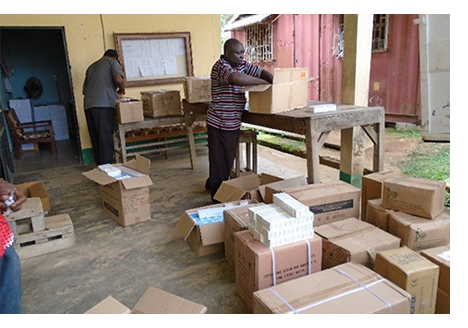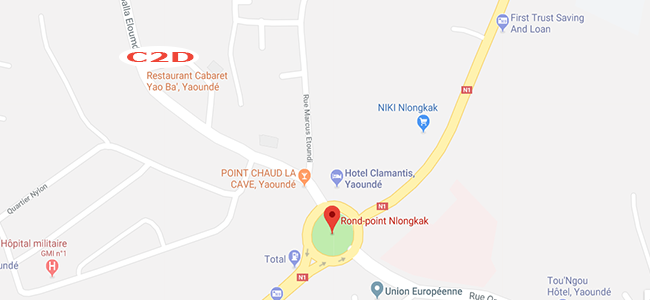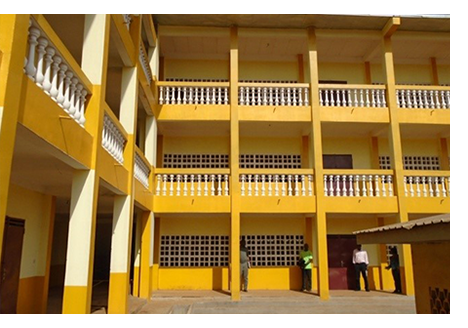SOCIAL SECTOR
Human development cannot be achieved without better population health and easier access to quality education.
The HIPC initiative - under which the C2D was implemented - linked debt cancellation to recipient countries' efforts to reduce poverty through the achievement of the eight Millennium Development Goals (MDGs) adopted in 2000 in New York by 193 UN Member States and at least 23 international organizations.
The Poverty Reduction Strategy Paper (PRSP) 2003-2009 aimed to ensure a critical link between the actions of national authorities, donor support and the results required to achieve the MDGs, including Goal 2: Achieve universal primary education, Goal 6: Combat HIV/AIDS, malaria and other diseases, and Goals 4 and 5 targeting the reduction of child and maternal mortality rates.
Thus, the first two sectors of concentration retained by the DCP and consequently by the first C2D were "Health and fight against AIDS" and "Basic education", social sectors also known at the time as "MDG sectors".
The programmes implemented in the social sectors during the first C2D were intended to reduce poverty, but also to lay the foundations for sustainable institutional strengthening that would improve the governance and performance of private and public institutions in these sectors, thus enabling them to reap the benefits of productive development and economic growth in education and health.
The significant investment made in the education sector has seen undeniable progress in access to primary education: the second C2D focused on meeting new challenges, including access to employment, by making vocational training a sector of concentration.

For a quality education
Improving the quality and supply of education and better governance of the education system are prerequisites for quality education
By making basic education a sector of concentration, C2D pursued two objectives: improving the quality and supply of education and improving the management and governance of the education system. To this end, four areas of intervention have been selected: the recruitment of contract teachers, Institutional Strengthening, Support for Private Education and School Construction in Priority Education Zones.

Contributing to the improvement of the health status of the most vulnerable populations and ensuring rapid and efficient care while contributing to the establishment of an improved governance system are major objectives of the C2D.
The choice of the health sector as the C2D focus area was intended to contribute to improving the health status of populations through the following objectives:
* build the capacity of the authorising officer in the planning, regulatory and financial domains;
* improve the quality and financial sustainability of private non-profit health services;
*Strengthen the fight against contagious diseases, including vaccination and the fight against HIV/AIDS;
* Improve patient care capacities in the poorest districts of the four (4) target regions (Far North, North, Adamawa and South);
*Improve the accessibility and quality of maternal and child health services;
*Build the coordination and management capacity of the Ministry of Health.
.
VISIT OUR HEAD OFFICE

Contact us











